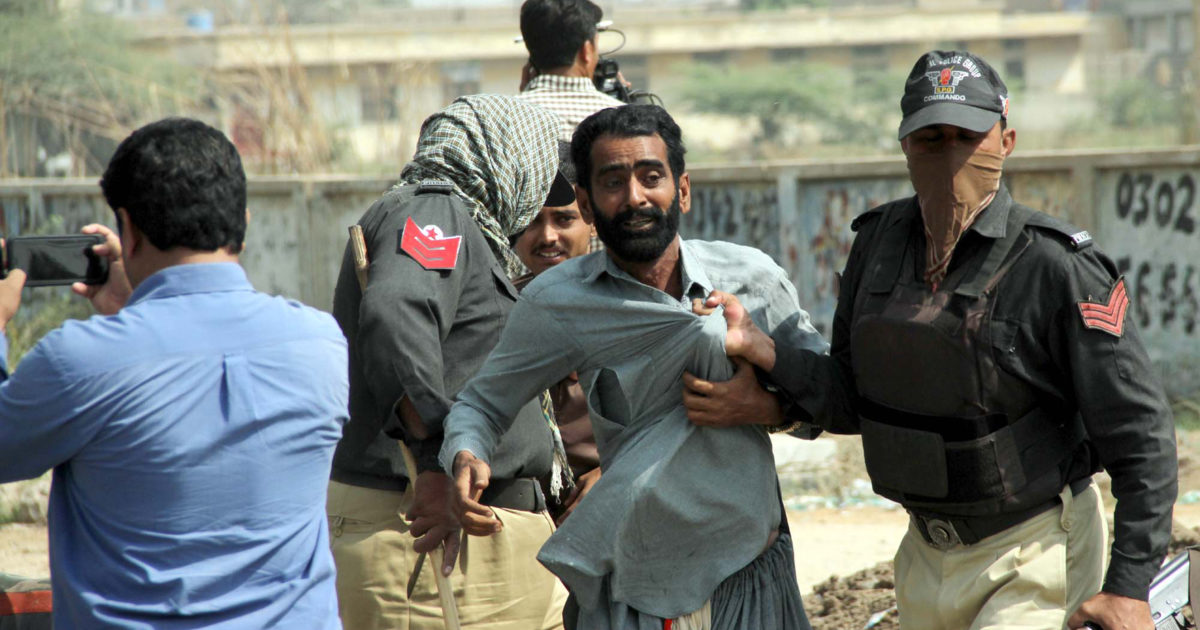
Pakistan’s economic crisis may be temporarily halted but its broader societal and political crisis continues. Most experts agree that the more polarized a society, the deeper divisions there are reflected in the political arena. These could be those of socioeconomic class, religion, ethnicity, or gender.
According to author and columnist Umair Javed, “When there is a gap between people’s expectations from politics and what political actors are usually doing, it leads to moments of crises. The crises can be violent upheavals. Or they can be episodic bursts of instability because of infighting among politicians, between politicians and groups of citizens, or between politicians and other state institutions. But all three are a sign that state and society will have to adapt for stability to re-emerge.”
According to Javed, Pakistani politics, especially in the mainstream, demonstrates gaps with society fairly frequently. “Over the last decade and a half, we can see three variants at different points in time: 1) new ways of thinking about an issue become popular in society so the state and political parties belatedly try to co-opt it; 2) the state and political parties attempt to coercively centralise authority and enforce unity despite the existence of different and competing interests in society; 3) the state and political parties ignore deep demographic and economic transformations in society and try to carry on with business as usual.”
The first gap, according to Javed, “is most visible in the way the state deals with the politics around blasphemy.” How has the political mainstream responded to it? “First, it offered open space for public protest and venting, mistakenly thinking that a single-issue politics of this type would die out in a country that is 96 per cent Muslim. When the issue refused to die out, the state decided to use this mobilisation for narrow purposes, such as destabilising an out-of-favour government and breaking away voters. Ultimately, faced with the prospect that this new way of thinking would eventually consume everything, the political mainstream has decided to embrace it fully. Changes to school curricula and the text of a nikahnama in Punjab are recent examples of this embrace. Inches have been given, but the instability-causing crowds on the roads will frequently demand miles.”
The second gap, Javed notes, “was the hybrid experiment that ran from 2011 to 2022, achieving full manifestation in its last three years. Ultimately this experiment fell prey to its own, very familiar internal contradiction: two bosses for one system. As former PM Imran Khan now admits, it was a mistake to outsource politics to the military. When the experiment cracked, there was no safety net, no grounding in parliamentary politics that could offer a way out. Instead, we ended up with greater instability. Even today, the denial of legitimacy to political opponents is one of several reasons why instability continues.”
Finally, the third and most recent gap, according to Javed, “is the attempt by the military establishment and the current coalition government to carry on with the usual politics of jor-tor and patronage, while ignoring massive demographic, economic, and political change that has taken place in society. The khaki patrons of that experiment pulled the plug in April 2022, and have since forged a new arrangement with traditional parties in a coalition model. Yet the anger of various segments in society cannot be undone as easily as engineering a few defections or a vote of no confidence. That anger is still palpable and will remain disruptive, even if its main outlet (PTI) is suppressed.”
In conclusion, Javed warns “the political mainstream has to adapt to a society that has changed considerably, otherwise instability will remain a perennial condition.”
![]()





